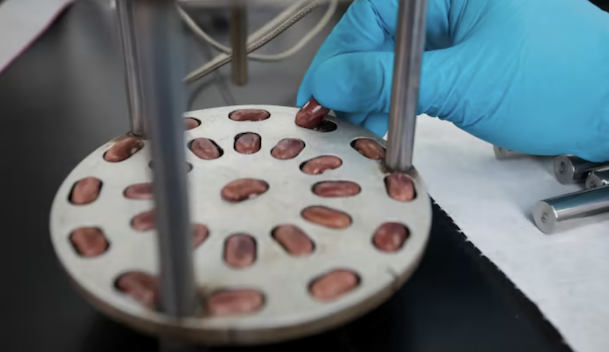Colombian gene bank provides hedge against climate change

Pedro Castillo tries to stabilise Peru’s government with new shake-up
06 Feb 2022
Gustavo Petro sweeps Colombia election primaries
14 Mar 2022
By preserving plant diversity, researchers aim to make agriculture more resilient
Gideon Long in Palmira, Colombia
In 1987, Belgian botanist Daniel Debouck and his colleagues were foraging for wild beans on the outskirts of Cartago, a town in Costa Rica, when they came across a new variety. Debouck collected samples and took them to Colombia, where he stored them in a seed bank.
Within a few years, the land around Cartago was bulldozed for urban development and Debouck’s beans were wiped out. But, thanks to his samples, some of the variety survived — tucked away in Colombian cold storage. And, many years later, this bean variety came into its own.
Scientists found that it was resistant to white mould, a fungus that, as Debouck explains, “turns your entire bean crop into green water and leaves you with absolutely nothing to harvest”. Geneticists in Colombia then sent material from the bean to the US, where it was used to produce a new, resistant variety. In 2013 — a quarter of a century after the Cartago discovery — the new bean was released to farmers for general use.
This story illustrates the importance of gene banks. Had it not been for Debouck’s foresight — and the storage facilities at Palmira, in south-west Colombia — the genetic properties of the Costa Rican bean would have been lost forever.




